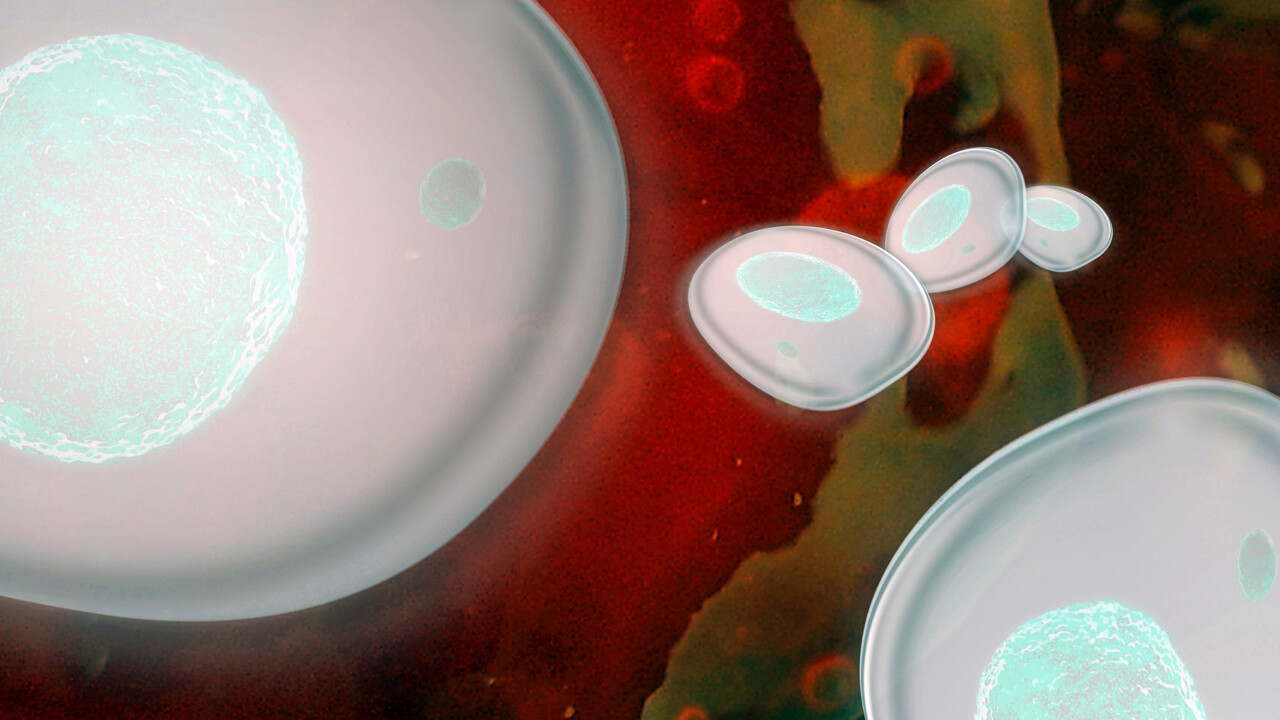About the scientific article
Apoorv Verma, Emma Åberg-Zingmark, Tobias Sparrman, Ameeq Ul Mushtaq, Per Rogne, Christin Grundström, Ronnie Berntsson, Uwe H. Sauer, Lars Backman, Kwangho Nam, Elisabeth Sauer-Eriksson, Magnus Wolf-Watz (2022). Insights into the evolution of enzymatic specificity and catalysis: From Asgard archaea to human adenylate kinases. Science Advances, DOI: 10.1126/sciadv.abm4089




